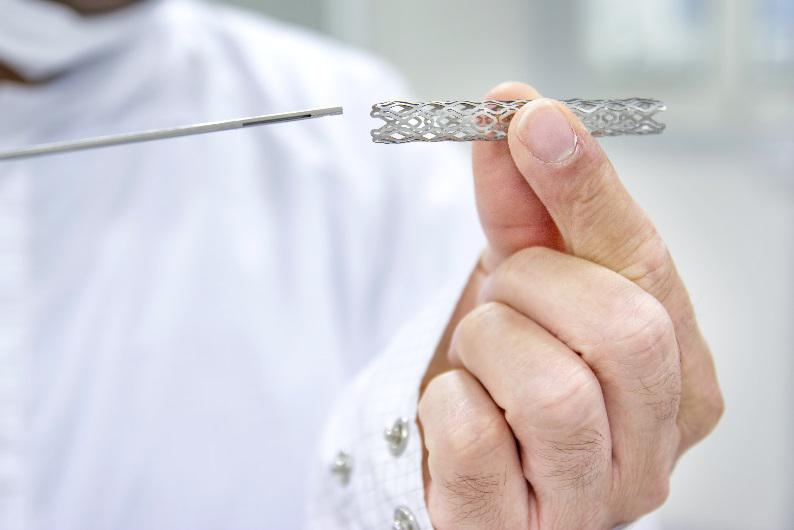GI Luminal Stenting is a procedure that inserts a stent in the GI tract to relieve obstruction. Here’s everything you need to know about the procedure.
When it’s used
GI Luminal Stents can relieve obstructions in the GI tract. Obstructions are caused by numerous diseases, like GI cancers. They can cause blockages of food, fluid, and waste, and lead to symptoms like vomiting, nausea, and severe abdominal pain. This can be life-threatening in some cases. Surgery used to be the only option to relieve obstructions. Fortunately, stents now provide a less invasive method.
Preparing for GI Luminal Stenting
To prepare for stenting, there are a few pre-operative steps you may need to take. For lower GI stenting, you will need to adhere to a cleansing routine leading up to the procedure. This consists of a liquid laxative you will take the day before the procedure, preparing your bowels. You will also be instructed to consume only clear liquids the day before, and drink lots of fluids in general. For upper GI stenting, you may be asked to stop eating the midnight before the procedure.
You will also need to discuss any medications you are prescribed with your doctor. It’s especially important to mention any blood-thinners you are taking. These increase the risk of excessive bleeding, and you will need to stop taking them before the procedure. Additionally, if you use insulin, you will need to adjust your dosage and timing leading up to the procedure.
During the procedure
Directly before your procedure, you will go to a pre-operation area where nurses will place an IV and take your medical information. You will also talk with an anaesthesiologist about the sedation used during the procedure. Machines will monitor your vitals throughout the stenting procedure.
Your doctor will place the stent by using an endoscope. Depending on if the stent is being placed in the upper or lower GI tract, an endoscopy or colonoscopy will first be performed to evaluate the area. Once the blocked section is examined, the stent will be placed through the endoscope.
Stents are simply hollow tubes made of flexible wire that is tacked to a mesh. The stent will be advanced through the endoscope with a guide wire. When it is positioned, your doctor will expand the stent to help open the obstruction.
After GI Luminal Stenting
You will go to a post-operation area following the procedure. There, nurses will monitor you for any signs of complications from the sedation or procedure. Once you are recovered, your doctor will discuss preliminary findings with you. Some findings (like those from biopsies) may take several days to come back.
You shouldn’t drive, operate machinery, or make important decisions for 24 hours following the procedure due to potential lingering sedative effects. You should also follow a clear liquid diet for a few days following the procedure, eventually transitioning to a bland diet. You’ll formally receive all of these instructions before you leave.
Complications from GI Luminal Stenting are rare. Perforation occurs in less than 5% of cases, and requires surgery to repair. Stents can also migrate on rare occasion. When this happens, patients experience obstruction symptoms again, and should contact their doctor to remove or replace the stent.
Our experienced team at GHP has years of experience performing GI Luminal Stenting. We can help establish the best plan of care for your situation. Contact any of our office locations to learn about the options we offer and schedule an appointment today.




